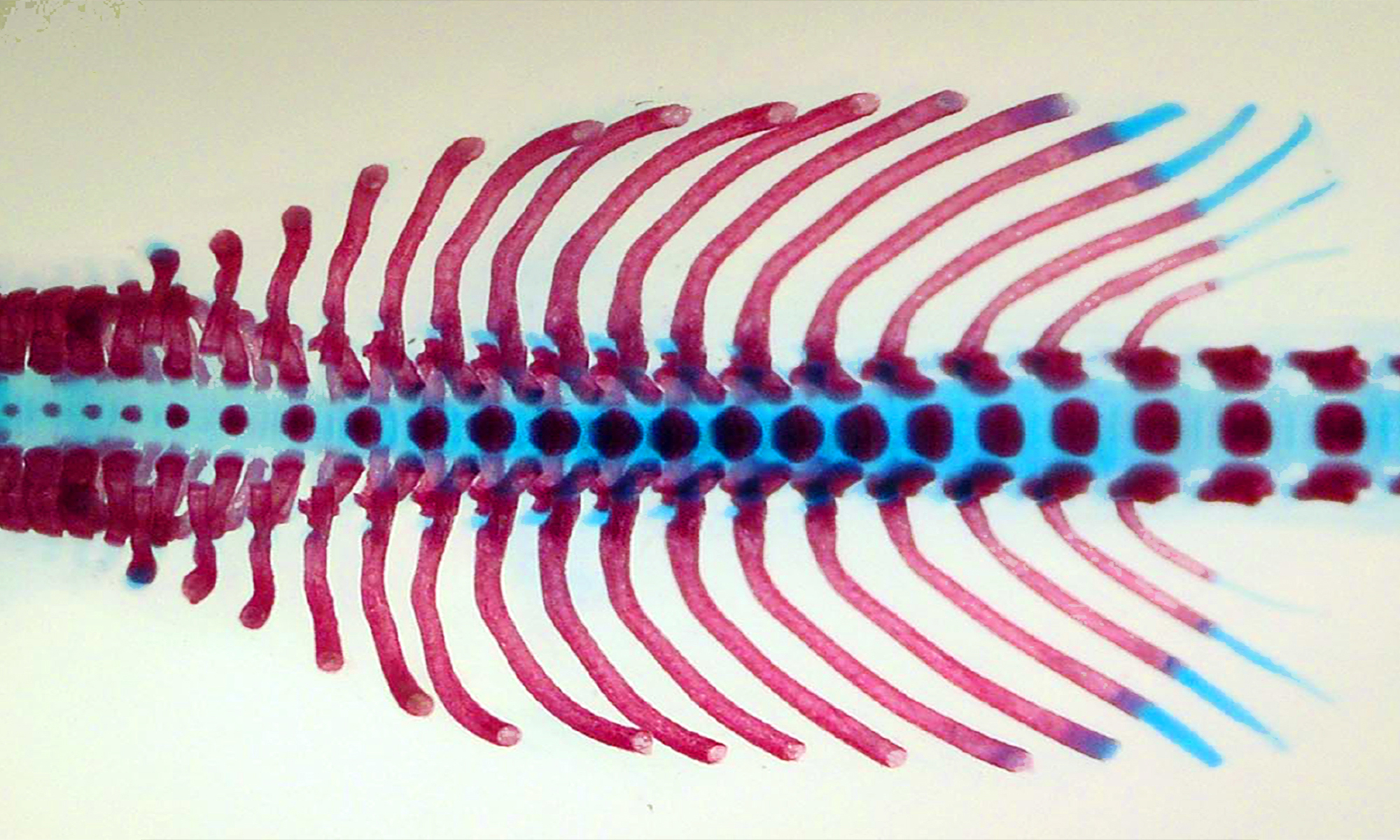Research Assistant
Email


Carlos Ibanez Lab @ PKU & CIBR
McGovern Institute at Peking University & Chinese Institute for Brain Research
Research Assistant
Email

The capacity of mature adipocytes to de-differentiate into fibroblast-like cells has been demonstrated in vitro and a few, rather specific in vivo conditions. A detailed comparison between de-differentiated fat (DFAT) cells and adipose stem and progenitor cells (ASPCs) from different adipose depots is yet to be conducted. Moreover, whether de-differentiation of mature adipocytes from classical subcutaneous and visceral depots occurs under physiological conditions remains unknown.
In our latest paper, we used in vitro”ceiling culture”,single cell/nucleus RNA sequencing, epigenetic analysis and genetic lineage tracing to address these questions.
We found that in vitro-derived DFAT cells have lower adipogenic potential and distinct cellular composition compared to ASPCs. In addition, DFAT cells derived from adipocytes of inguinal origin have dramatically higher adipogenic potential than DFAT cells of the epididymal origin, due in part to enhanced NF-KB signaling in the former. We also show that high-fat diet (HFD) feeding enhances DFAT cell colony formation and re-differentiation into adipocytes, while switching from HFD to chow diet (CD) only reverses their re-differentiation. Moreover, HFD deposits epigenetic changes in DFAT cells and ASPCs that are not reversed after returning to CD. Finally, combining genetic lineage tracing and single cell/ nucleus RNA sequencing, we demonstrate the existence of DFAT cells in inguinal and epididymal adipose depots in vivo, with transcriptomes resembling late-stage ASPCs.
These data uncover the cell type- and depot-specific properties of DFAT cells, as well as their plasticity in response to dietary intervention. This knowledge may shed light on their role in life style change-induced weight loss and regain.
The paper has been published in Molecular Metabolism
Read the full paper HERE

Characterization of subcutaneous and visceral de-differentiated fat cells
Yan Li, Houyu Zhang, Carlos F Ibáñez, Meng Xie
Molecular Metabolism (2025) doi.org/10.1016/j.molmet.2025.102105
Click on thumbnail to display PDF
PhD student
Email

 Detian Hu successfully defended her PhD thesis and becomes the first doctoral graduate from the team. The title of her thesis is “The role of sphingomyelin in regulating UCP1-dependent non-shivering thermogenesis”.
Detian Hu successfully defended her PhD thesis and becomes the first doctoral graduate from the team. The title of her thesis is “The role of sphingomyelin in regulating UCP1-dependent non-shivering thermogenesis”.
Together these results uncover a relation between sphingomyelin abundance and fine-tuning of UCP1-mediated non-shivering thermogenesis, and pave the way for studies of Peri Renal Adipose Tissue physiology and mechanisms controlling the plasticity of brown/white adipocyte phenotypes.
The papers have been published in The Journal Of Lipid Research and eLife
Sphingomyelin Is Involved in Regulating UCP1-Mediated Non-Shivering Thermogenesis
Detian Hu, Houyu Zhang, Zhen Liu, Carlos F Ibáñez, Cai Tie, Meng Xie
Journal of Lipid Research (2024) 10.1016/j.jlr.2024.100559
Click on thumbnail to display PDF

Perirenal adipose tissue contains a subpopulation of cold-inducible adipocytes derived from brown-to-white conversion
Houyu Zhang, Yan Li, Carlos F Ibáñez, Meng Xie
eLife (2024) 10.7554/elife.93151.3
Click on thumbnail to display PDF
Genome-wide studies have identified three missense variants in the human gene ACVR1C, encoding the TGF-β superfamily receptor ALK7, that correlate with altered waist-to-hip ratio adjusted for body mass index (WHR/BMI), a measure of body fat distribution.
In our latest paper, to move from correlation to causation and understand the effects of these variants on fat accumulation and adipose tissue function, we introduced each of the variants in the mouse Acvr1c locus and investigated metabolic phenotypes in comparison with a null mutation.
Mice carrying the I195T variant showed resistance to high fat diet (HFD)-induced obesity, increased catecholamine-induced adipose tissue lipolysis and impaired ALK7 signaling, phenocopying the null mutants. Mice with the I482V variant displayed an intermediate phenotype, with partial resistance to HFD-induced obesity, reduction in subcutaneous, but not visceral, fat mass, decreased systemic lipolysis and reduced ALK7 signaling. Surprisingly, mice carrying the N150H variant were metabolically indistinguishable from wild type under HFD, although ALK7 signaling was reduced at low ligand concentrations.
Together, these results validate ALK7 as an attractive drug target in human obesity and suggest a lower threshold for ALK7 function in humans compared to mice.
The paper has been published in Molecular Metabolism
Read the full paper HERE

Human ACVR1C missense variants that correlate with altered body fat distribution produce metabolic alterations of graded severity in knock-in mutant mice
Pawanrat Tangseefa , Hong Jin, Houyu Zhang, Meng Xie & Carlos F. Ibáñez
Molecular Metabolism (2024) 10.1016/j.molmet.2024.101890
Click on thumbnail to display PDF